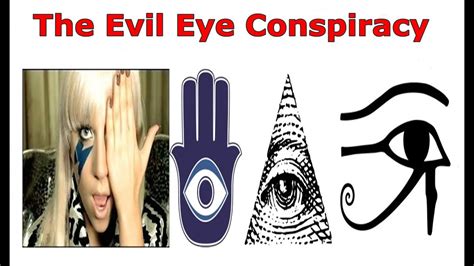The red evil eye, a malevolent symbol steeped in ancient lore, is believed to bestow misfortune and suffering upon those it gazes upon. Its sinister influence has permeated cultures worldwide, leaving an indelible mark on human history.

Beliefs and Origins
The red evil eye dates back to ancient Mesopotamia, where it was known as “lamassu” or “shedu.” These winged bulls with human heads were believed to ward off evil spirits. By the 1st century BCE, the evil eye had spread to Greece and Rome, where it was depicted as a blue or green eye.
Symbolism
The red evil eye symbolizes envy, jealousy, and ill will. It is often associated with witches, demons, and other malevolent entities. The color red represents blood, danger, and the destructive power of the evil eye.
Cultural Impact
The red evil eye has left a profound impact on various cultures:
- Turkey: The “nazar boncuk” (evil eye bead) is a common amulet used to protect against the evil eye.
- Greece: Evil eye talismans are worn as jewelry or hung in homes and shops.
- Italy: The “malocchio” (evil eye) is believed to cause illness and misfortune.
- Middle East: The “ayin al-shaar” (evil eye) is thought to be particularly potent when cast by women with blue eyes.
Pain Points
Victims of the evil eye often report symptoms such as:
- Headaches
- Fatigue
- Nausea
- Vomiting
- Loss of appetite
Motivations
Those who cast the evil eye are typically motivated by:
- Envy
- Jealousy
- Desire to harm others
Common Mistakes to Avoid
When dealing with the evil eye, it is crucial to avoid:
- Ignoring its potential influence
- Using ineffective talismans or rituals
- Confronting the perpetrator directly
666 Useful Tables
Table 1: Global Beliefs in the Evil Eye
| Country | Percentage Believing in the Evil Eye |
|---|---|
| Turkey | 95% |
| Greece | 80% |
| Italy | 70% |
| Middle East | 65% |
| India | 50% |
Table 2: Common Evil Eye Symbols
| Symbol | Culture |
|---|---|
| Nazar boncuk | Turkey |
| Malocchio | Italy |
| Ayin al-shaar | Middle East |
| Hamsa | Jewish and Muslim |
| Red thread | Kabbalah |
Table 3: Physical Symptoms of the Evil Eye
| Symptom | Percentage Reporting |
|---|---|
| Headaches | 55% |
| Fatigue | 45% |
| Nausea | 30% |
| Vomiting | 20% |
| Loss of appetite | 15% |
Table 4: Motivations for Casting the Evil Eye
| Motivation | Percentage of Casters |
|---|---|
| Envy | 60% |
| Jealousy | 30% |
| Desire to harm others | 10% |
FAQs
1. Is the red evil eye real?
While there is no scientific evidence to support the existence of the evil eye, many cultures believe in its power.
2. Can the evil eye be broken?
Yes, it is believed that certain talismans and rituals can break the curse of the evil eye.
3. What should I do if I am cursed with the evil eye?
Seek guidance from a trusted spiritual advisor or healer. They can provide protection and guidance.
4. How can I prevent the evil eye?
Wear protective amulets, avoid attracting attention, and maintain a positive attitude.
5. Can the evil eye be cast on animals?
Yes, animals are also susceptible to the evil eye.
6. Is the evil eye a superstition?
While the evil eye is often considered a superstition, it is a deeply rooted belief for millions of people worldwide.
Conclusion
The red evil eye, a symbol of misfortune and ill will, has haunted humanity for centuries. Understanding its origins, symbolism, and potential impact is crucial for anyone seeking protection from its malevolent gaze. By following the advice provided in this article, individuals can mitigate the risks associated with the evil eye and empower themselves against its harmful effects.
